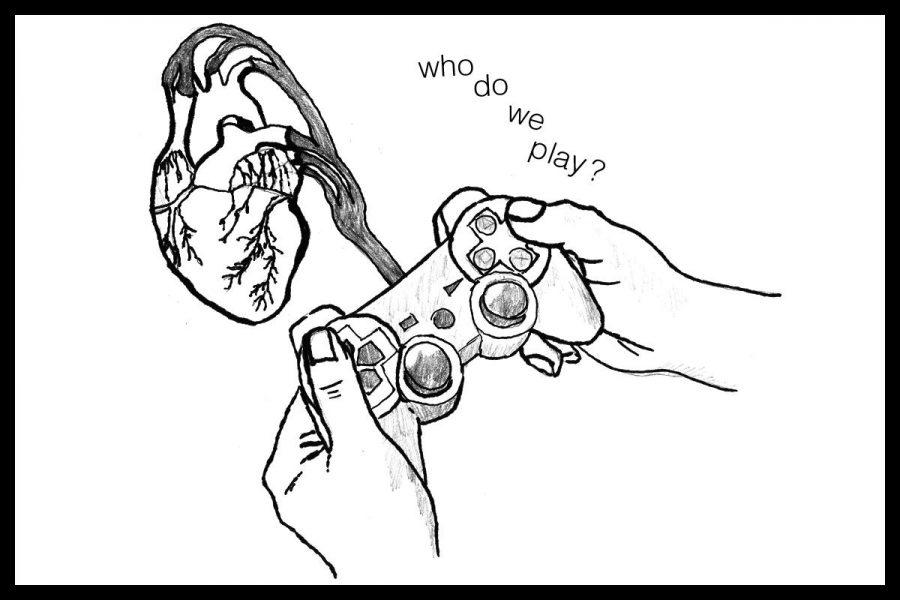For every choice, there is a consequence. One decision can shape an entire outcome. From saving a life to ending one, these decisions are final, until you hit the reset button.
In an interview with G4TV, David Cage, director and writer of the video game Heavy Rain, feels that his game should be like real life, without a reset and just one chance.
“I would like people to play [Heavy Rain] once,” said Cage. “Because that’s life. Life you can only play once–I would like people to have this experience that way.”
Heavy Rain bases itself on one question, “how far will you go for someone you love?” Without being pushed, the question is hard to answer. Heavy Rain strives to push the player, presenting pressures to pull emotions that can lead to an honest answer for the question. While other video games immerse players through imaginative worlds and expansive universes, Heavy Rain’s basis in reality provides a different type of immersion, choice.
Heavy Rain follows four characters, all under different circumstances but is related through one factor, the Origami Killer. The murderer has chosen a new victim and with this occurrence, each character is pushed to extreme measures in order to save something they love. A journalist who will do anything for a story, an FBI agent who will stop at nothing to solve a case, a private inspector who will go to any lengths to stop the killer, and a father who will sacrifice everything for his son. How far each character will go is up to the player.
Pushing the medium closer to the level of cinema, Heavy Rain’s presentation rivals those of any dramatic film. Heavy Rain is presented through vignettes from each character with the player dictating the decisions of dialogue, thoughts and actions within the given situation. Shaking the controller to escape struggles, holding individual buttons to mimic the action of climbing a hillside, each situation is represented through the controller naturally.
Though the game’s controls are unorthodox to any other title, it gives players more opportunity to appreciate the mise-en-scène. The cinematography, and much of the game’s style, bears influence from the film “Seven” with its moody lighting and muted color palette, matching the dark issues of the story.
Heavy Rain also uses “performance capture” of actors to accurately convey emotions of characters down to the most subtle actions like the cold shiver of someone standing in the rain. Many games like Uncharted 2 and Metal Gear Solid 4 have successfully used this technique to provide a more cinematic feel to the games and the film Avatar has recently popularized the technique, giving film and video games a larger canvas for experimentation.
With its presentation as close to a film as possible, Heavy Rain has stated that it is an “interactive drama”. The studio’s previous effort Indigo Prophecy bared the same genre, but with Heavy Rain, the vision of an interactive drama has been realized.
A game like Heavy Rain is what is needed for video games to become as serious as a medium like film. Heavy Rain shows that games have a place among the art house films and Oscar winning dramas and how much the industry has grown up. The fun is in how these games can elicit such emotions and seeing the potential of what else can be pulled from our virtual heartstrings.
When pushed, people can see a whole different side to themselves. Whatever decision is made, consequences must be faced, with or without a reset button. How far will you go for someone you love?






